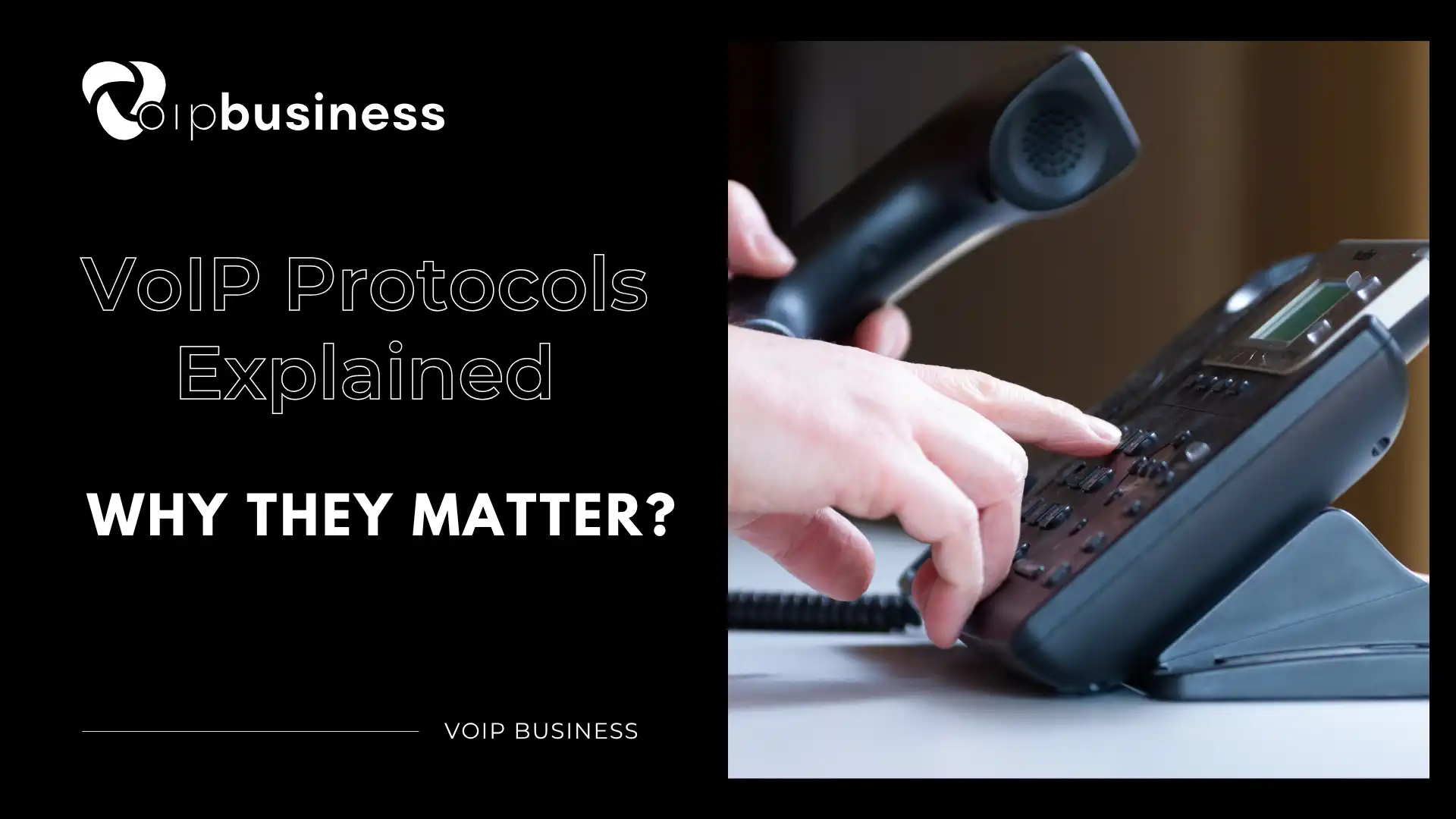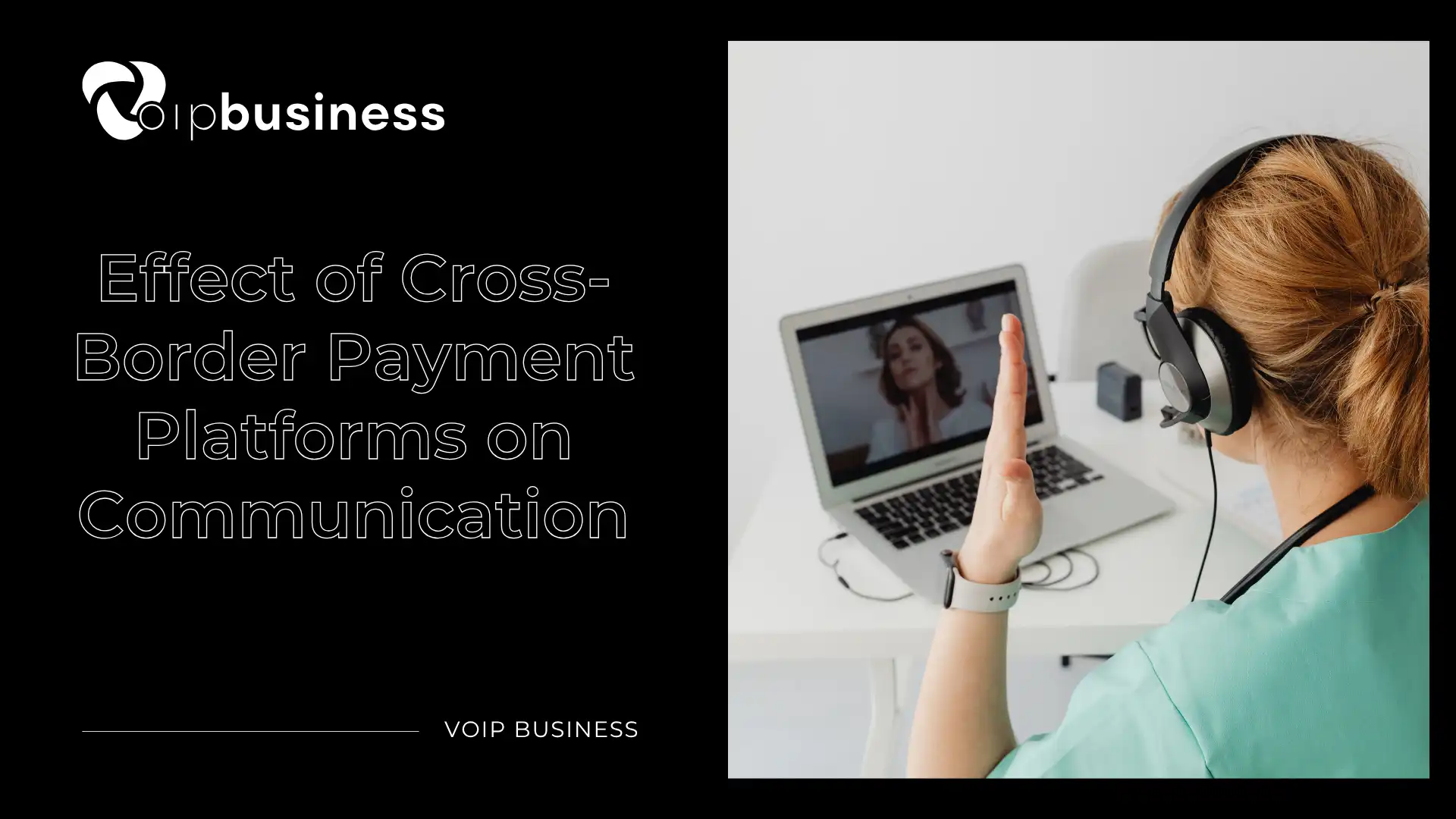Remote and hybrid work setups are now common. Many employees split their week between home and office. This flexibility can be helpful but also creates new challenges. One key issue is how to keep people motivated when they’re not together in person.
Leaders need to adjust. They must give clear feedback, recognize good work, and offer rewards that matter. These simple actions help build strong teams where people feel appreciated and stay engaged.
Missing Moments in Hybrid Work
In a traditional office, small actions—like a quick thank-you or lunch with teammates—helped keep morale up. Those casual moments are rare in hybrid setups. People might feel distant or unsure if anyone notices their work.
Video calls and team chats help, but they don’t replace human connection. Motivation now needs a mix of honest praise, open communication, and real-world tokens of appreciation.
i. Communication Comes First
Remote workers rely on digital tools for updates, feedback, and teamwork. If those tools are used only to assign tasks, people can feel like cogs in a machine. That’s why communication should go beyond status checks.
Leaders should use every interaction as a chance to highlight good work. A well-timed compliment or a shoutout in a team meeting shows people they’re seen. That kind of attention builds confidence and strengthens loyalty.
ii. Why Simple Gifts Matter?
Clear communication sets the tone—but a thoughtful gift makes it unforgettable. People remember what they can hold, use, and enjoy in their daily routines. That’s why practical giveaways like branded water bottles and tumblers create a deeper impact than a quick message or e-card. They transform your words into something useful, memorable, and lasting.
Let’s say a company gives employees branded water bottles. That shows they care about comfort during the workday. Each time someone uses it, they’re reminded that their work matters. It’s a small, daily boost that lasts longer than any digital note.
But not every gift hits the mark. Avoid cheap or gimmicky items. If the reward ends up in a drawer, it sends the opposite message. Focus on quality and practicality. Employees can tell when thought went into a reward.
iii. Science Behind Feeling Valued
People stay motivated when they feel seen. That’s not just common sense—it’s backed by research. Recognition increases effort and lowers the chance someone will leave for another job.
Physical rewards have an added effect. There’s a known bias called the “endowment effect.” Once people own something, they value it more. If that object reminds them of being appreciated, it becomes tied to good memories and pride in their work.
For example, a well-made travel mug from a company event becomes more than a container. It becomes part of the worker’s daily routine and a small reminder of support. In hybrid setups where people are physically apart, these objects fill an emotional gap.
iv. Recognition Reduces Turnover
Keeping good employees is harder now. Remote jobs widen the hiring pool. Workers have more choices than ever. That means companies must offer more than just a paycheck.
One of the easiest ways to improve retention is through recognition. Employees who feel appreciated don’t look elsewhere. They give more, stay longer, and speak well of their company.
A strong recognition plan doesn’t need to cost much. A few thoughtful items paired with public praise can have a lasting impact. And compared to the cost of hiring and training new staff, it’s money well spent.
Simple Steps Leaders Can Take
Motivating hybrid teams doesn’t require big programs or major changes. Here are five practical ways leaders can show appreciation:
i. Use Calls for Praise, not just Updates
Team meetings or video check-ins should include moments to recognize success. Mention names. Be specific.
ii. Avoid Vague Compliments
A “nice work” message feels generic. Point to what the person did and why it helped. That’s what makes praise feel real.
iii. Pick Items People will use
Think of what employees might reach for during the day—good headphones, smart desk tools, or drinkware. Usefulness makes the reward stick.
iv. Include Remote Staff in Recognition
No one should feel left out because they work from home. Make sure all staff get equal attention, whether they’re onsite or remote.
v. Track Results
After launching a reward program, measure its effect. Use surveys or retention stats to see what’s working. Then adjust.
Role of VoIP Tools
Voice-over-IP (VoIP) tools are often seen as just ways to make remote work possible. But they’re also great for building culture.
With a quick call, a manager can say thanks in real time. A group video meeting can feel like a celebration when used right. These moments help create a shared space, even when no one is in the same room.
When that real-time praise is backed by a small reward, the message becomes stronger. Employees see that appreciation isn’t just words—it’s a company value. That message stays with them long after the call ends.
Lasting Motivation in a New Work Era
Work has changed. The tools and habits that used to keep people motivated don’t always apply anymore. Today, leaders must work harder to make sure employees feel connected, trusted, and valued.
The good news is that it doesn’t take much. Regular communication, a few public compliments, and a handful of useful rewards can build a culture where people want to stay and do their best.
This isn’t about creating a perfect system. It’s about doing the small things right, again and again. In hybrid workplaces, those small things make all the difference.
Read More : What is Contact Center as a Service (CCaaS)? Key Features & Benefits



